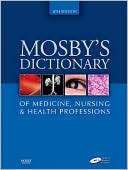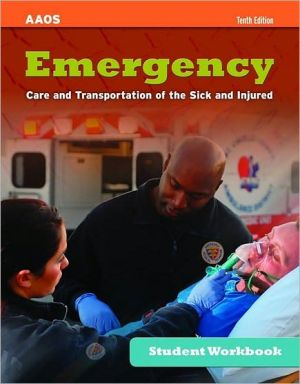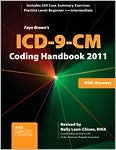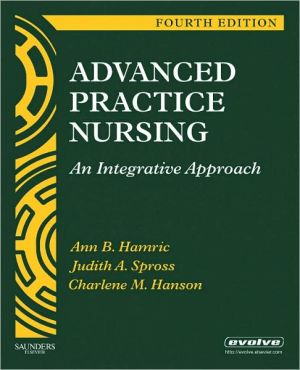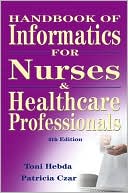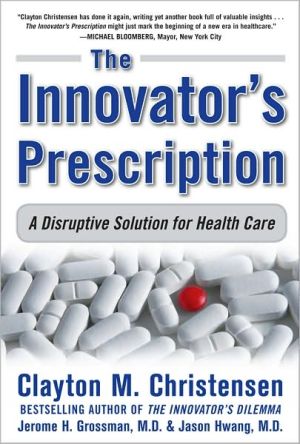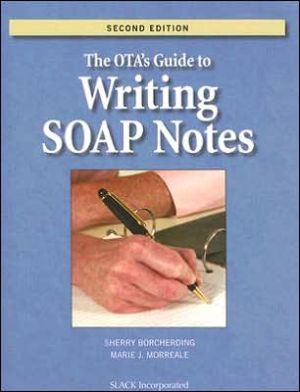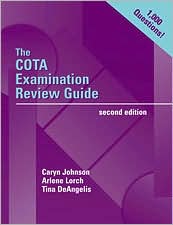Essentials of Pharmacology for Health Occupations (New Releases for Health Science)
Essentials of Pharmacology for Health Occupations, 6th Edition provides an extensive framework of drug information in a concise format for learners studying licensed practical nursing, medical assisting and other allied health professions. Learn calculations quickly through a simplified step-by-step process. Discover key drug information by classifications, such as their purpose, side effects, cautions, and interactions, or utilize this resource to refresh your knowledge of drugs. The...
Search in google:
A basic textbook for students of nursing, medical assistance, and other health occupations that can also be used for continuing education and refresher programs for returning professionals. The context intended is a one-year or shorter program in which little time is allotted to the study of medications. The disk contains interactive exercises, informal learning activities, and opportunities for additional practice. No dates are noted for earlier editions. Annotation c. Book News, Inc., Portland, OR (booknews.com) Laurel A. Eisenhauer This basic introductory text presents information about pharmacology and the safe administration of medications. This is the third edition; the first edition was published in 1987. The purpose is to provide an extensive framework of knowledge that can be acquired within a limited time frame. The text is designed for nursing students, students of medical assisting, and other allied health students, especially those in 1-year training programs. It also could be used for continuing education programs or refresher courses. Mathematics review and dosage calculations are included. Also included are a colored photo visual identification guide for drug preparations and a glossary. Patient education considerations are highlighted in each drug chapter. Illustrations and photos are used appropriately to provide visual explanations. It is a convenient size with a soft cover, making it easy to handle when reading or when using as a workbook. The text functions as a text as well as a workbook because there are end-of-chapter review quizzes and drug worksheets with columns for drug name, purpose, side effects, contraindications or cautions, and patient education in which students record information about drugs in that chapter, and review exam questions.
List of TablesPrefaceHow to Use the Student Activity CD-ROMPt. IIntroduction1Ch. 1Consumer Safety and Drug Regulations3Ch. 2Drug Names and References13Ch. 3Sources and Bodily Effects of Drugs25Ch. 4Medication Preparations and Supplies41Ch. 5Abbreviations and Systems of Measurement61Ch. 6Safe Dosage Preparation71Ch. 7Responsibilities and Principles of Drug Administration87Ch. 8Administration by the Gastrointestinal Route99Ch. 9Administration by the Parenteral Route117Ch. 10Poison Control149Pt. IIDrug Classifications159Ch. 11Vitamins, Minerals, and Herbs161Ch. 12Skin Medications197Ch. 13Autonomic Nervous System Drugs213Ch. 14Antineoplastic Drugs225Ch. 15Urinary System Drugs237Ch. 16Gastrointestinal Drugs255Ch. 17Anti-Infective Drugs275Ch. 18Eye Medications309Ch. 19Analgesics, Sedatives, and Hypnotics325Ch. 20Psychotropic Medications, Alcohol, and Drug Abuse343Ch. 21Musculoskeletal and Anti-Inflammatory Drugs371Ch. 22Anticonvulsants, Antiparkinsonian Drugs, and Agents for Alzheimer's Disease383Ch. 23Endocrine System Drugs397Ch. 24Reproductive System Drugs417Ch. 25Cardiovascular Drugs443Ch. 26Respiratory System Drugs and Antihistamines471Ch. 27Preoperative Medications and Local Anesthetics491Ch. 28Drugs and Geriatrics503Summary515Comprehensive Review Exam for Part I517Comprehensive Review Exam for Part II523Appendix: Use Caution - Avoid Confusion529
\ Laurel A. EisenhauerThis basic introductory text presents information about pharmacology and the safe administration of medications. This is the third edition; the first edition was published in 1987. The purpose is to provide an extensive framework of knowledge that can be acquired within a limited time frame. The text is designed for nursing students, students of medical assisting, and other allied health students, especially those in 1-year training programs. It also could be used for continuing education programs or refresher courses. Mathematics review and dosage calculations are included. Also included are a colored photo visual identification guide for drug preparations and a glossary. Patient education considerations are highlighted in each drug chapter. Illustrations and photos are used appropriately to provide visual explanations. It is a convenient size with a soft cover, making it easy to handle when reading or when using as a workbook. The text functions as a text as well as a workbook because there are end-of-chapter review quizzes and drug worksheets with columns for drug name, purpose, side effects, contraindications or cautions, and patient education in which students record information about drugs in that chapter, and review exam questions.\ \ \ \ \ Reviewer:Stephanie N Miller, RRT(William Beaumont Hospitals)\ Description:This is an efficient update of an excellent pharmacology resource for anyone in the allied health professions. The fourth edition was published in 2004.\ Purpose:The purpose is to provide an extensive framework of knowledge that can be acquired within a limited time frame. Given the number of new pharmacologic agents coming out on the market each year, this revision is needed.\ Audience:The book is especially designed to meet the needs of learners in nursing and medical assisting programs, but learners in all allied health programs will find the concise format adaptable to their needs. This is also a worthy resource for seasoned healthcare practitioners as well. The author is an expert in her field.\ Features:The book is divided up into two sections. Part I is an introduction to pharmacologic agents, abbreviations, administration, safety, etc. Part II details drug families by classification and body systems. Each chapter begins with key terms and objectives. The key terms are color coded and ample color illustrations and tables appear throughout the chapters. Each chapter ends with a chapter review quiz. In Part II, each chapter contains an additional drug worksheet detailing agents covered in the chapter as well as case studies. The book ends with a summary, comprehensive reviews for each part, a well done appendix of look alike/sound alike drugs, a glossary, and an index. An CD-ROM also accompanies the text.\ Assessment:This is an outstanding update. The layout is excellent and the book is easy to read. It is hoped that the author continues to provide future revisions as new medications come to market.\ \ \ 3 Stars from Doody\ \

